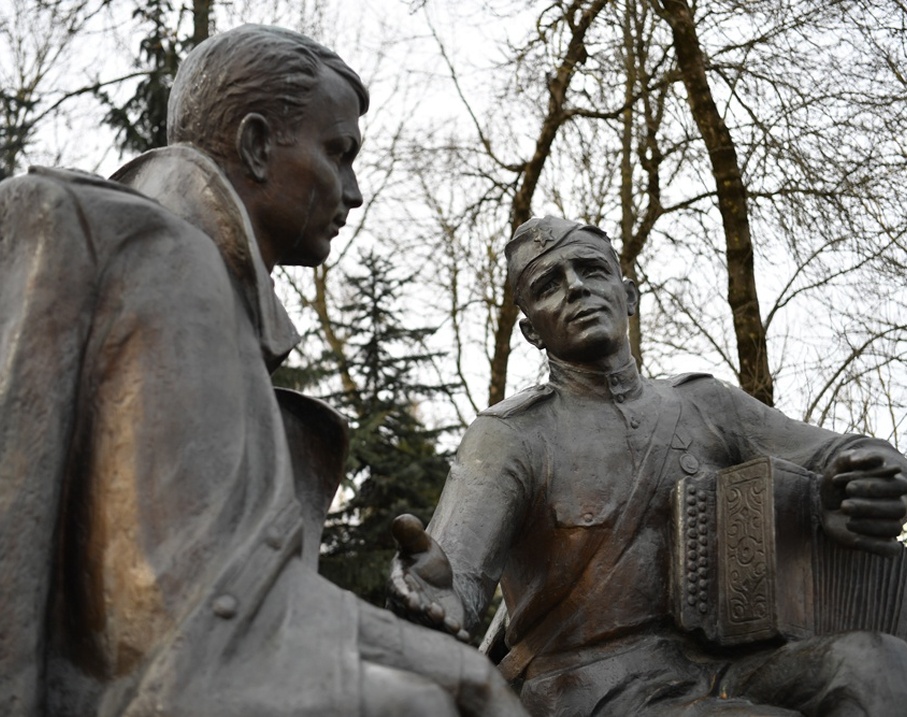
Vasily Terkin, the beloved hero of Alexander Tvardovsky's poem, is more than just a literary character. He represents the resilience, humor, and resourcefulness of the Soviet soldier during World War II. Tvardovsky's poem, "Vasily Terkin: A Book About a Soldier," became a national treasure, capturing the essence of the Russian spirit with its vivid portrayal of an ordinary man facing extraordinary challenges.
Terkin first appeared during the Finnish campaign of 1939-1940 in the newspaper "On Guard of the Motherland." Created collaboratively by military correspondents, including Tvardovsky, Nikolai Tikhonov, and Caesar Solodar, Terkin was initially a character in short poetic feuilletons. These pieces were later compiled into a booklet titled "Vasya Terkin at the Front," which became a morale booster for soldiers.
By 1942, Terkin had evolved into the protagonist of Tvardovsky's epic poem. The work, completed in 1945, earned the Stalin Prize and widespread acclaim. Ivan Bunin, a Nobel laureate, praised the poem for its authenticity and masterful use of soldier's language, calling it a rare gem of literature.
One of the most intriguing aspects of Terkin's story is how his visual image came to life. Tvardovsky commissioned artist Orest Vereisky to illustrate the poem, but capturing Terkin's likeness proved challenging. After numerous sketches, Vereisky found inspiration in Vasily Glotov, a war correspondent and Tvardovsky's comrade. Glotov's cheerful demeanor and expressive features perfectly embodied Terkin, and his image became the definitive portrayal of the character.
Vasily Terkin's influence extended beyond literature. His image appeared on commemorative coins, and his story continued to inspire generations. Glotov, the man who lent his face to Terkin, went on to become a respected poet and writer, further cementing the character's legacy. Despite occasional controversies, such as the coincidence of Terkin's name with a 19th-century novel, Tvardovsky's creation remains a timeless symbol of courage and resilience.

















